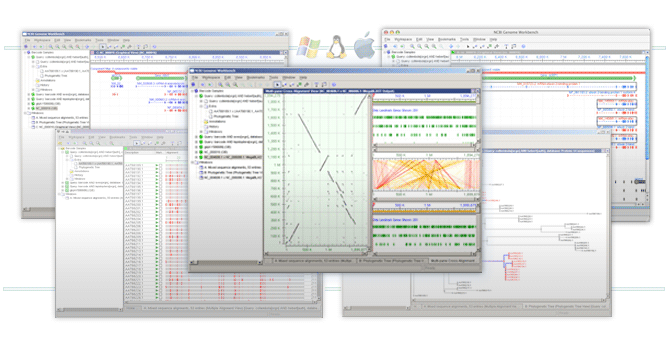A colleague of mine is looking at setting up bioinformatics software for his Windows computer. He's planning to obtain a single platform that acts as an interface to all the applications he needs to use. Currently he has found Geneious, and he'd like to know if there's other platforms like it that he should also evaluate.
Some of the things he's after includes:
- Visual outputs: being able to display the structure of proteins visually, highlight motifs with color, rather than everything being text outputs.
- A menu based interface, rather than everything being command-line based.
- Containing the kitchen sink of different software, since he might be doing other analyses in the future, and he'd rather not install new applications for each analysis.
- To a reasonable extent, a common interface for all of the applications the platform utilizes.
- Ideally: user help that doesn't just describe the switches for each application, but describes what kind of application you'd use for a certain scenario.
- It's ok for the platform to be commercial/proprietary.



Anyone tried http://www.bioclipse.net/ ?